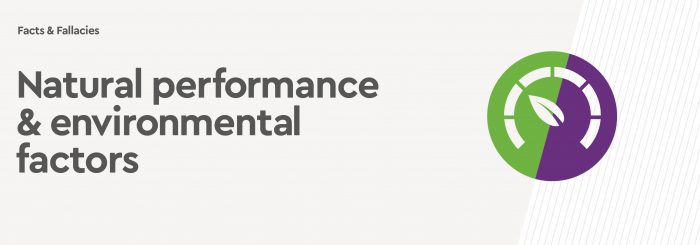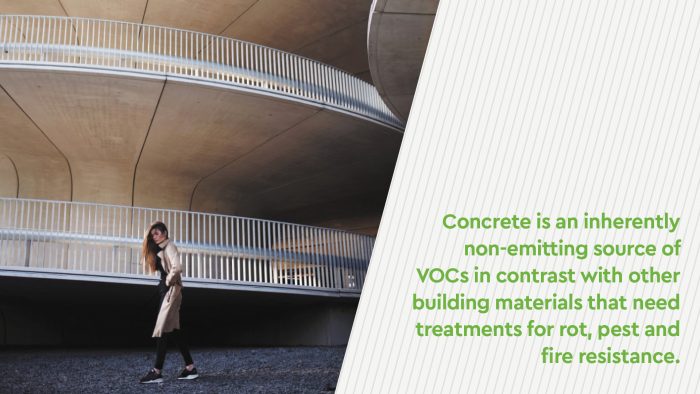

Structural timber is green and natural

Cross-laminated timber is presented as a sustainable, natural and ’green’ choice for constructing buildings and infrastructure projects. It is not. It is a chemical composite material. It is not a tree. It is an artificial product created in a factory.
Timber is not naturally fire, water and rot resistant, or able to withstand an insect attack on its own ‘natural’ abilities. Glues, chemical preservatives and other artificial ingredients are required to give timber properties that are unnatural and nothing like the ‘natural’ perception often conveyed.

Fact: concrete is naturally rot, pest and fire resistant

Volatile organic compounds (VOCs) are chemicals found in many common building materials that can escape into the air and cause illness and allergic reactions. These emissions are one of the contributors to sick building syndrome in which the health and well-being of building occupants are negatively impacted. Concrete is an inherently non-emitting source of VOCs in contrast with other building materials that need treatments for rot, pest and fire resistance.